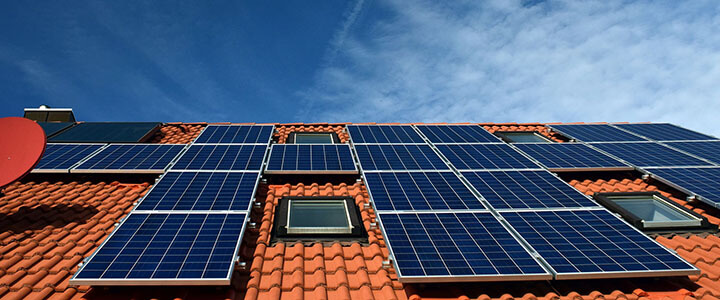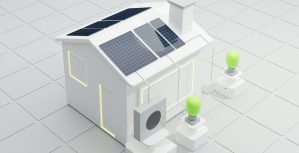Solar Panel Installation: What to Expect
Installing solar panels can be an exciting and rewarding investment for homeowners looking to harness renewable energy and reduce their electricity bills. However, understanding what to expect during the installation process can help you prepare and make informed decisions. This article will guide you through the steps involved in solar panel installation, from initial consultation to the final inspection.
Initial Consultation and Assessment
The first step in the solar installation process is an initial consultation with a reputable solar energy provider. During this phase, a representative will assess your property’s suitability for solar panels. They will evaluate factors such as your roof’s orientation, shading from nearby trees or buildings, and the overall structural integrity of your roof.
A critical question that often arises during this stage is, “How many solar panels do I need?” The answer depends on your energy consumption, the available roof space, and the efficiency of the solar panels. Your installer will analyze your electricity bills and perform calculations to determine the number of panels required to meet your energy needs effectively.
Site Survey
After the initial consultation, the next step is a detailed site survey. This involves a technician visiting your property to take precise measurements and gather additional information. They will assess:
- Roof Condition: Inspecting for any damage or areas that may need repair before installation.
- Roof Angle: Determining the best angle for solar panel installation to maximize sunlight exposure.
- Electrical System: Evaluating your home’s electrical system to ensure it can accommodate solar power and comply with local codes.
This survey will also help the installation team decide where to place the solar panels and the inverter, which converts the sunlight into usable electricity.
Designing Your Solar System
Once the site survey is complete, your solar provider will create a custom design for your solar panel system. This design takes into account your energy needs, available space, and local regulations. You’ll receive a proposal outlining the number of panels, their placement, estimated energy production, and the expected return on investment.
At this stage, you can discuss any preferences or concerns with your installer. They may suggest options such as using high-efficiency panels, which could reduce the number of panels needed and save space on your roof.
Installation Day
The installation process typically takes one to three days, depending on the size of the system and the complexity of the installation. Here’s what you can expect on installation day:
- Preparation: The installation team will arrive early to set up equipment and prepare your roof for panel installation.
- Mounting the Panels: They will begin by installing the mounting brackets, which secure the panels to your roof. This step requires precision to ensure that the panels are securely fastened and correctly angled for optimal performance.
- Panel Installation: Once the brackets are in place, the solar panels will be attached. The team will ensure all wiring is properly connected to the inverter and the electrical system of your home.
- Inverter Installation: The inverter is usually installed in your garage or on an exterior wall. It’s a crucial component that converts the DC electricity generated by the panels into AC electricity for your home.
Final Checks and Inspection
After the installation is complete, the team will conduct a series of tests to ensure everything is functioning correctly. This includes checking the electrical connections and the overall system performance.
Once the tests are passed, your solar provider will schedule an inspection with your local authority. This is a necessary step to ensure that the installation meets all safety and building regulations. After passing this inspection, your system will be officially connected to the grid, allowing you to start benefiting from solar energy.
Monitoring Your System
Most solar panel systems come with monitoring software that allows you to track the performance of your panels in real-time. You can see how much energy your system is producing and how much you are saving on your electricity bills. If your system is not performing as expected, you can alert your provider for maintenance or troubleshooting.
Conclusion
Installing solar panels is a significant investment that can lead to long-term savings and environmental benefits. By understanding what to expect during the installation process, you can prepare yourself for a smooth and successful transition to solar energy. From the initial consultation and site assessment to the installation and final inspection, being informed will help you maximize the benefits of your new solar system.
If you’re considering solar energy for your home, remember to ask questions and discuss your needs with your installer, especially when determining how many solar panels you need to meet your energy consumption. With the right information and a trusted provider, you’ll be well on your way to enjoying the advantages of solar energy.
Share It on :





